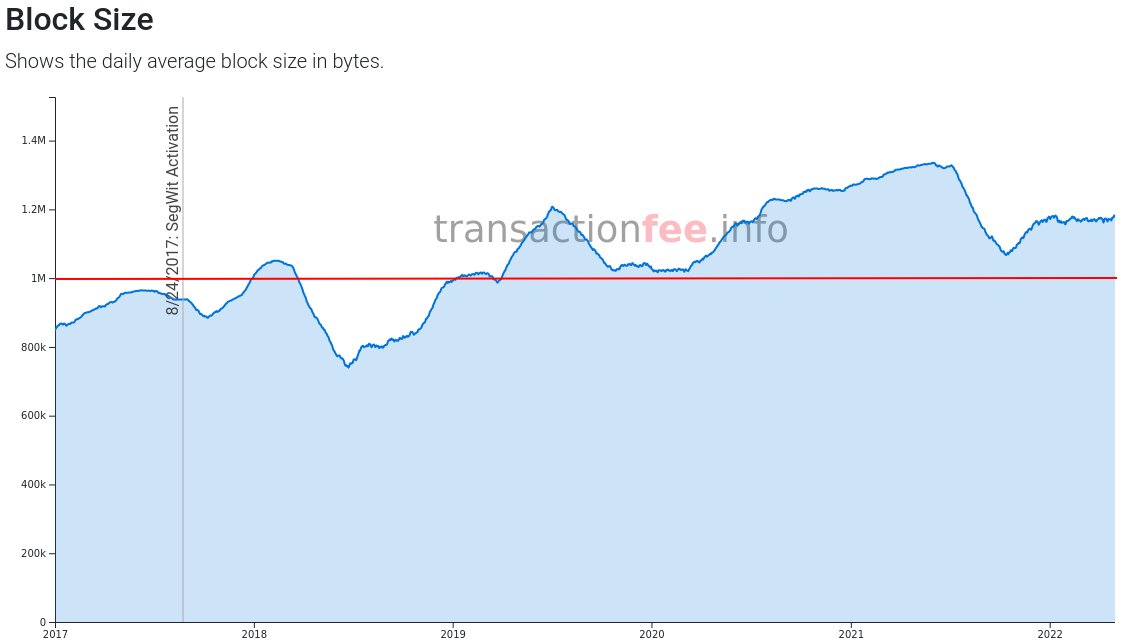
Ponders #bitcoin · Moderator https://t.co/aRsp6sCM7z · Contributor https://t.co/HfuETtRk0c · Co-host https://t.co/N3tD4MnHof & https://t.co/zn45qWna8K · Engineer @chaincodelabs
How to get URL link on X (Twitter) App




 they instead submitted the whole hot mess at fixed fee amounts of 200,000 ṩ per transaction. At exactly 100 P2PKH inputs and one P2WPKH output (to bc1qm34lsc65zpw79lxes69zkqmk6ee3ewf0j77s3h) the feerate works out to just short of 14 ṩ/vB for each transaction.
they instead submitted the whole hot mess at fixed fee amounts of 200,000 ṩ per transaction. At exactly 100 P2PKH inputs and one P2WPKH output (to bc1qm34lsc65zpw79lxes69zkqmk6ee3ewf0j77s3h) the feerate works out to just short of 14 ṩ/vB for each transaction. 








 …exchanges, payment processors, libraries,…
…exchanges, payment processors, libraries,… 




https://twitter.com/vladtenev/status/15146841814684958802/ … large miners would be hugely advantaged by being able to build on top of their own block immediately instead of needing to wait to receive foreign blocks, which causes mining centralization and supercharges selfish mining.


https://twitter.com/Mario_Gibney/status/1160761554016411649

https://twitter.com/murchandamus/status/1459747322590543873First Taproot transactions are in block 709635:




 2/ …even though the recent miner migration has reduced the network's hashrate to less than 130 EH/s—brutally undershooting the difficulty equivalent of 179 EH/s.
2/ …even though the recent miner migration has reduced the network's hashrate to less than 130 EH/s—brutally undershooting the difficulty equivalent of 179 EH/s. 


 1) Batch payments
1) Batch payments

 If we were headed into a major fee event, the #btc ecosystem would be much better prepared than in 2017. Native segwit is on the verge of wide adoption, opt-in RBF is right there for anyone that wants thrifty quick confirmations, LN maturity is coming along nicely, which…
If we were headed into a major fee event, the #btc ecosystem would be much better prepared than in 2017. Native segwit is on the verge of wide adoption, opt-in RBF is right there for anyone that wants thrifty quick confirmations, LN maturity is coming along nicely, which…